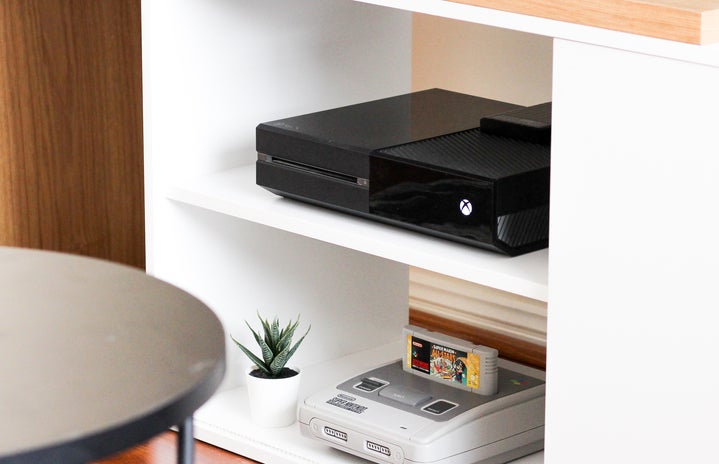Virtual Reality (VR) and Mixed or Augmented Reality (MR/AR) systems have gained tremendous popularity in the past decade. This is because the environment they provide is not only immersive and similar to the real world, but it can be manipulated to become fantastic. This allows the creation of experiences that exceed the capacities of physical realm. This June, at the Computer Vision and Pattern Recognition conference that is taking place in Salt Lake City, the VR/AR/MR Experience will become even more enhanced. The new technology allows artificial intelligence to create 3D models of users’ actual bodies to be used in a variety of systems. A special algorithm is also introduced using standard video footage to enhance the experience. The system can analyze a video that is as short as a few seconds of someone moving to create a virtual reality avatar to resemble the user. It is preferable to use cameras that can capture a 360-degree perspective. This is only one of many enhancements that is being introduced in this area to improve the immersive nature of this technology. Besides seeing yourself on the screen, other types of multisensory components are being provided to create a rich experience. Many of these components are incorporated into headgears, but complementary haptic components are also provided to replicate a sense of touch and movement. The overall VR/AR/MR technology is still at its infancy. While the entertainment and the video industry have fully embraced the use of the technology, exciting opportunities are present in the healthcare industry. One can but wonder as how this blurring of boundaries between real and imagined can impact the psyche of the general population. This can be used in explorative research to help combat disease and injury. In certain cases, virtual reality is being used to help rehabilitation of damaged organs. Given the high
incidence of stroke and brain injury in the general population, understanding brain damage rehabilitation is a relatively undeveloped field. There is hope that as more research is performed on both the psychological and physical effects of this technology, improvements can be made on impairments, especially those associated with disabilities caused by such brain damage. Even when there is no brain damage, other conditions such as attention deficit, memory impairments, or spatial disabilities may be helped. This is in fact an exciting time both in the computer industry and healthcare and one can only wonder what kind of inventions the next decade may bring. The promise and the potential of this industry is only just being realized.



